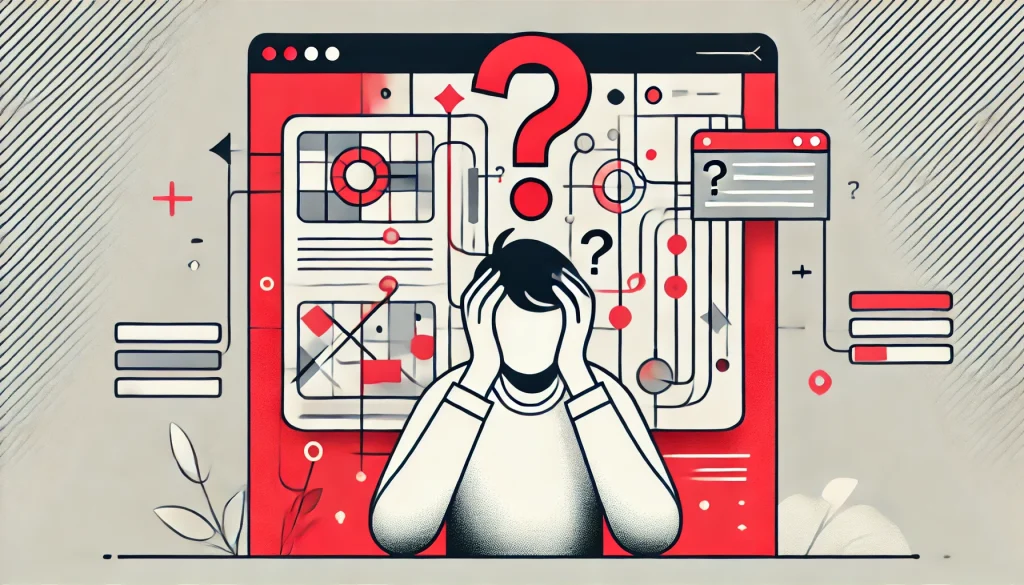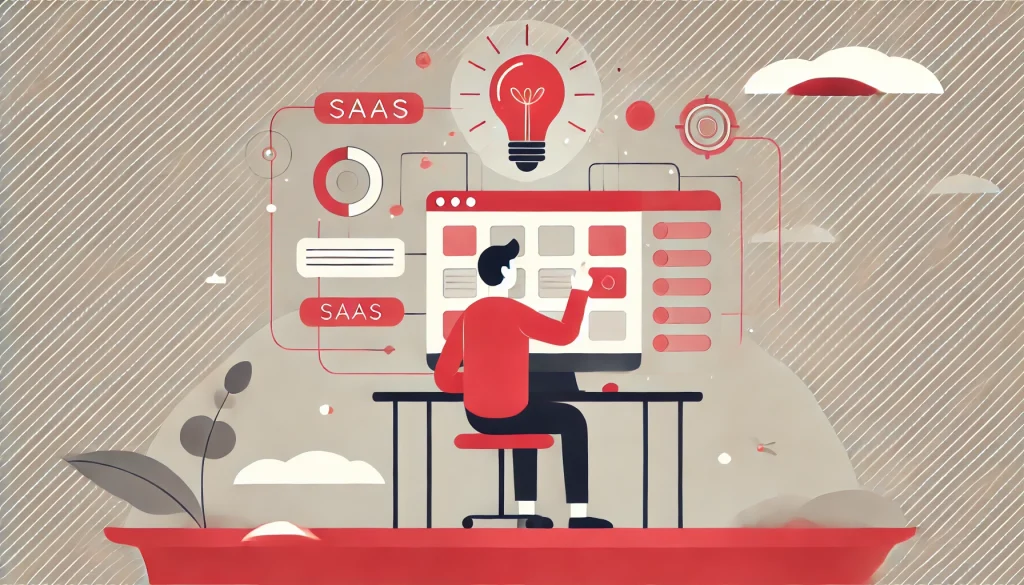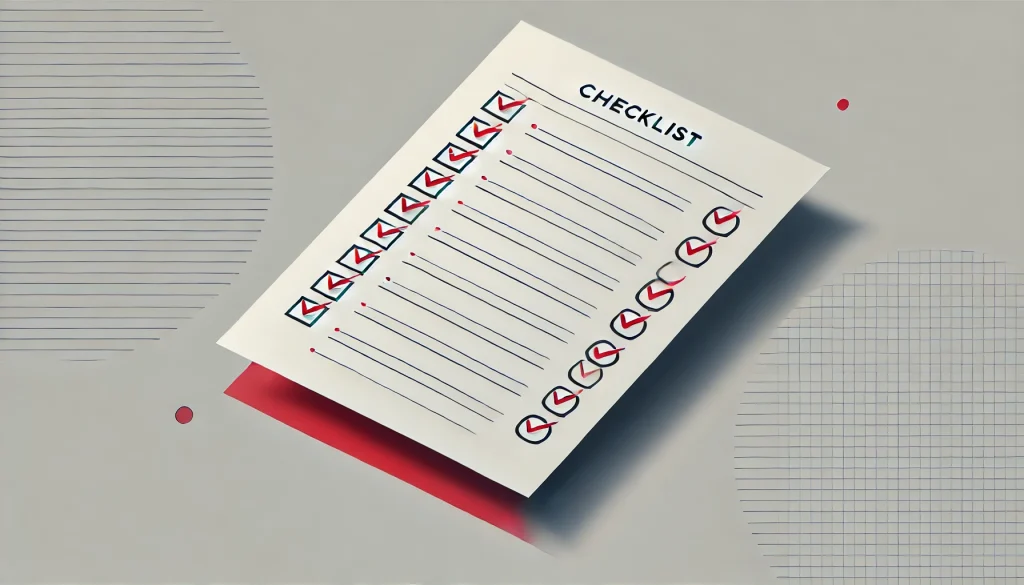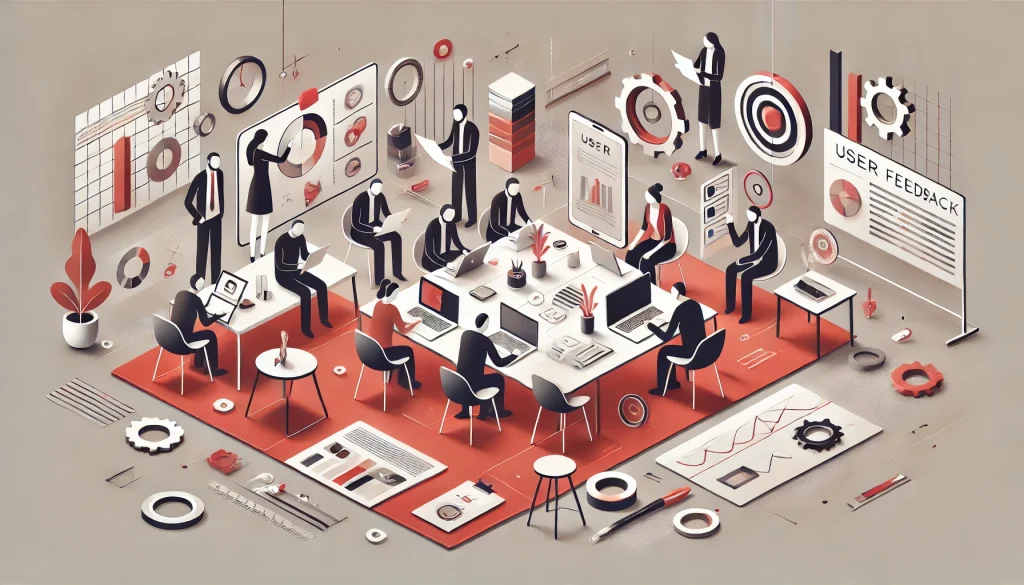
When it comes to Software as a Service (SaaS), user experience (UX) plays a crucial role in retaining customers and reducing churn rates. Churn, the rate at which users stop using a product or service, can significantly impact a SaaS business’s revenue and growth potential. Reducing churn is vital to sustainable success, and UX is often at the heart of this effort.
Studies show that acquiring a new customer can be five times more expensive than retaining an existing one. Thus, improving user satisfaction and loyalty through seamless UX design can help SaaS businesses minimize churn and maximize customer lifetime value (CLV). This blog explores the essential role of UX in reducing churn, highlighting key principles and strategies to retain users and foster long-term engagement.
Why SaaS Churn Happens

Churn is influenced by several factors, including pricing, product performance, and customer support. However, user experience is often the most significant driver. Some common reasons for churn that are directly linked to poor UX include:
- Complex Onboarding: If users struggle to get started with a product, they are more likely to abandon it early.
- Lack of Value Realization: If users don’t see immediate value from the product, they may lose interest.
- Inefficient Navigation and Usability: A confusing interface or cumbersome navigation can frustrate users, leading to abandonment.
- Poor Customer Support Accessibility: Users who can’t easily find help when they encounter issues are more likely to churn.
The Connection Between UX and Churn

At its core, UX focuses on how users interact with a product, aiming to create intuitive, engaging, and satisfying experiences. In the SaaS landscape, where users often have multiple alternatives, the quality of UX can make or break a product’s success. Here’s how UX directly influences churn rates:
1. First Impressions and Onboarding
A strong onboarding experience is one of the most critical factors in reducing churn. Studies show that companies with better onboarding experiences improve customer retention by 50%. An intuitive, guided onboarding process helps users quickly understand the value of the product, learn its core features, and set up their accounts smoothly. This reduces the likelihood of them abandoning the product due to frustration or confusion.
2. Ease of Use
Simplicity is key when it comes to SaaS. If users can navigate effortlessly through your platform and complete tasks with minimal friction, they are less likely to churn. Clear interfaces, well-organized content, and intuitive design are all part of creating a seamless experience.
3. Engagement Through Personalisation
Personalisation is becoming a key UX strategy to reduce churn. According to Salesforce, 70% of consumers say that a company’s understanding of their individual needs influences their loyalty. In SaaS, this can translate to personalised dashboards, tailored content, and relevant feature recommendations that keep users engaged and invested in the product. A personalised experience helps users feel that the product is built for them, increasing their likelihood of long-term engagement.

4. Proactive User Feedback and Iteration
A great user experience is not static; it requires constant feedback and iteration. Companies that proactively gather user feedback are better equipped to address pain points and continuously improve their product’s usability. Actively listening to users and refining the UX helps prevent frustration from building up over time, reducing the chances of users leaving due to unresolved issues.
5. Customer Support and Self-Service Resources
Even the most well-designed SaaS platforms encounter occasional user issues, which is why providing accessible customer support is critical. A study shows that 67% of customers will churn if they experience poor customer service. Integrating seamless support options—such as live chat, comprehensive FAQs, and tutorials—into the UX helps ensure that users can quickly find answers to their questions. Self-service resources also empower users to resolve minor issues on their own, reducing the frustration that can lead to churn.
6. Consistent Value Delivery and Feature Discovery
As users continue to engage with your platform, delivering consistent value is key. Churn often happens when users feel that the product is no longer meeting their needs or offering enough value. Regularly introducing new features, improvements, or product updates helps maintain user interest. However, users must also be made aware of these updates, which is where UX plays a vital role. Feature discovery mechanisms, like contextual tooltips, notifications, or in-app messages, help users understand and take advantage of new functionalities, preventing churn due to perceived product stagnation.
UX Best Practices for Reducing SaaS Churn

Now that we understand the connection between UX and churn, here are some actionable UX best practices that SaaS companies can implement to keep users engaged and reduce churn:
a. Simplify the Onboarding Process
Focus on a clean, step-by-step onboarding process that guides new users through the core functions of your platform. Use visuals like tooltips and progress bars to keep users on track.
b. Focus on Usability Testing
Regular usability testing helps identify pain points in the user journey that may be causing frustration. By observing how real users interact with the product, designers can make data-driven improvements to streamline the experience and reduce churn.

c. Provide In-App Support and Tooltips
Make it easy for users to access help directly from within the platform. Contextual tooltips and in-app messaging can provide immediate guidance when users need it most, preventing churn caused by confusion or lack of support.
d. Leverage Data for Personalization
Personalisation can reduce churn by making users feel more connected to the product. Use data insights to create personalised experiences—such as customised dashboards, targeted notifications, or usage-based tips—that reflect the user’s preferences and behaviour.
e. Deliver Continuous Value with Regular Updates
Continuously improving your product and rolling out updates is key to maintaining user interest. Make sure that your UX design clearly communicates these updates, ensuring users understand how new features benefit them. This can prevent churn caused by a lack of perceived value.
Conclusion

Reducing churn is critical to growth and profitability in the SaaS market. User experience lies at the heart of customer retention efforts, from creating smooth onboarding flows to ensuring users consistently derive value from the platform. By prioritising intuitive design, personalisation, and proactive support, SaaS companies can reduce churn rates and foster lasting customer relationships.
Remember, a product is only as valuable as its user experience. As companies refine their UX, they not only retain more customers but also turn users into advocates, further driving growth in SaaS.
Also Read: Enhancing The Growth of Indian SaaS







